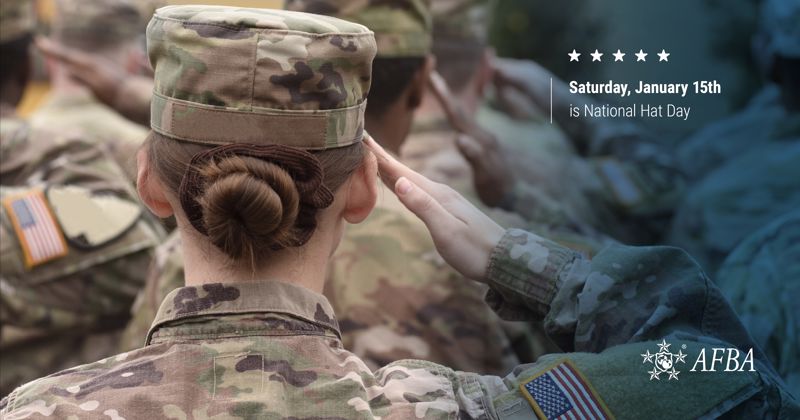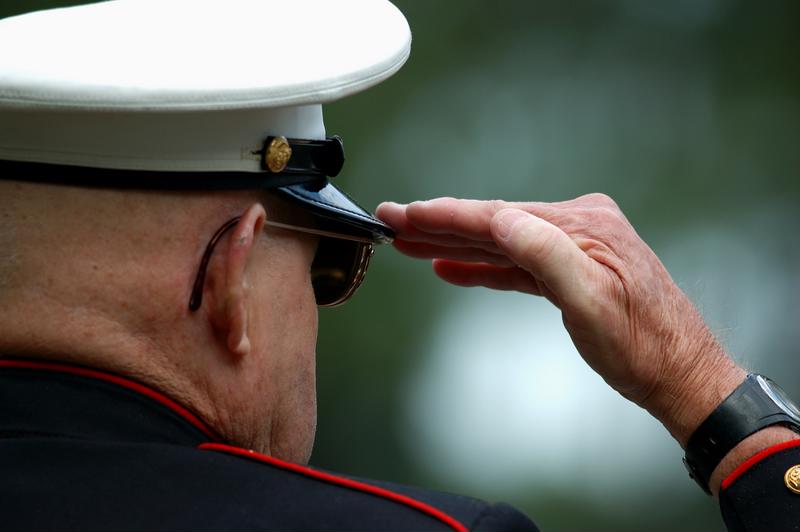January 15 is National Hat Day, and no one knows the importance of a good hat more than members of the military and first responders. Unlike a run-of-the-mill baseball hat, military hats and those worn by first responders command a certain reverence and value. Just like the rest of a uniform, headgear can let the world know important facts like rank, status or military branch. Let's celebrate National Hat Day by taking a closer look at the history and meaning behind the many unique hats worn by these groups.
Military hats
Many civilians may not know that military members refer to their hats as "covers." In the Army, members wear different berets that have a specific meaning. This tradition dates back to World War ll for the United States, though militaries across the world have been using berets to signify status for centuries. In the U.S. the color of the hat is very meaningful for those in any branch of the military. Here are some examples of different hats and their significance:
- Black berets: This headgear is used in the fancy dress uniform of army members.
- Brown berets: In 2018, the army created a unique hat for members of the Security Force Assistance Command.
- Green berets: Perhaps one of the most well-known styles of berets, green is worn by army members who are special forces soldiers.
In addition to the berets, the army has many other hats, each with its own meaning. Generals have their own caps, depending on rank. These designs have changed over time to reflect the dress of the era. The army is a simple example, but every branch of the military has its own important hats for every rank or service provided.
There are different military uniforms for different occasions. The recognizable Navy cap has different insignias on the visor to signify rank. Captains and commanders have "dark blue cloth, embroidered with two rows of gold oak leaves and acorns." On the other hand, Lieutenant Commanders and lower ranks have a plain visor. There are even different pins that are positioned on the cap depending on rank and occasion.

Military traditions
The U.S. military has its own uniform designers who strive to make uniforms that are practical, modern and effective. Regardless of rank or year, each branch has its own age-old traditions and requirements of its members. For example, when dressed in a formal uniform hat, a member must wear it outside, remove and carry it inside and keep it off in any military aircraft. In addition, service members are not allowed to salute while their hats are off. If a member is attending a funeral in their dress uniform, they must keep their cover the entire time as a sign of respect, whereas a civilian would likely take their hat off.
First responder hats
For firefighters, hats are more than just an accessory. Their helmets are created to protect them from potentially dangerous situations like falling beams, rafters and other debris. In addition, these helmets are usually also equipped with a visor, eye protection, and a light for maximum functionality.
The police force also has a long history of different hats and helmets, but the modern first responder wears different headgear depending on the occasion and rank. Most of the time, police officers wear baseball hats or other casual headgear (depending on location and force) instead of the typical custodian helmet that is worn by officers in the UK.
With its many different customs and traditions, military and first responder headgear are more than just a stylish accessory to the rest of the uniform.

